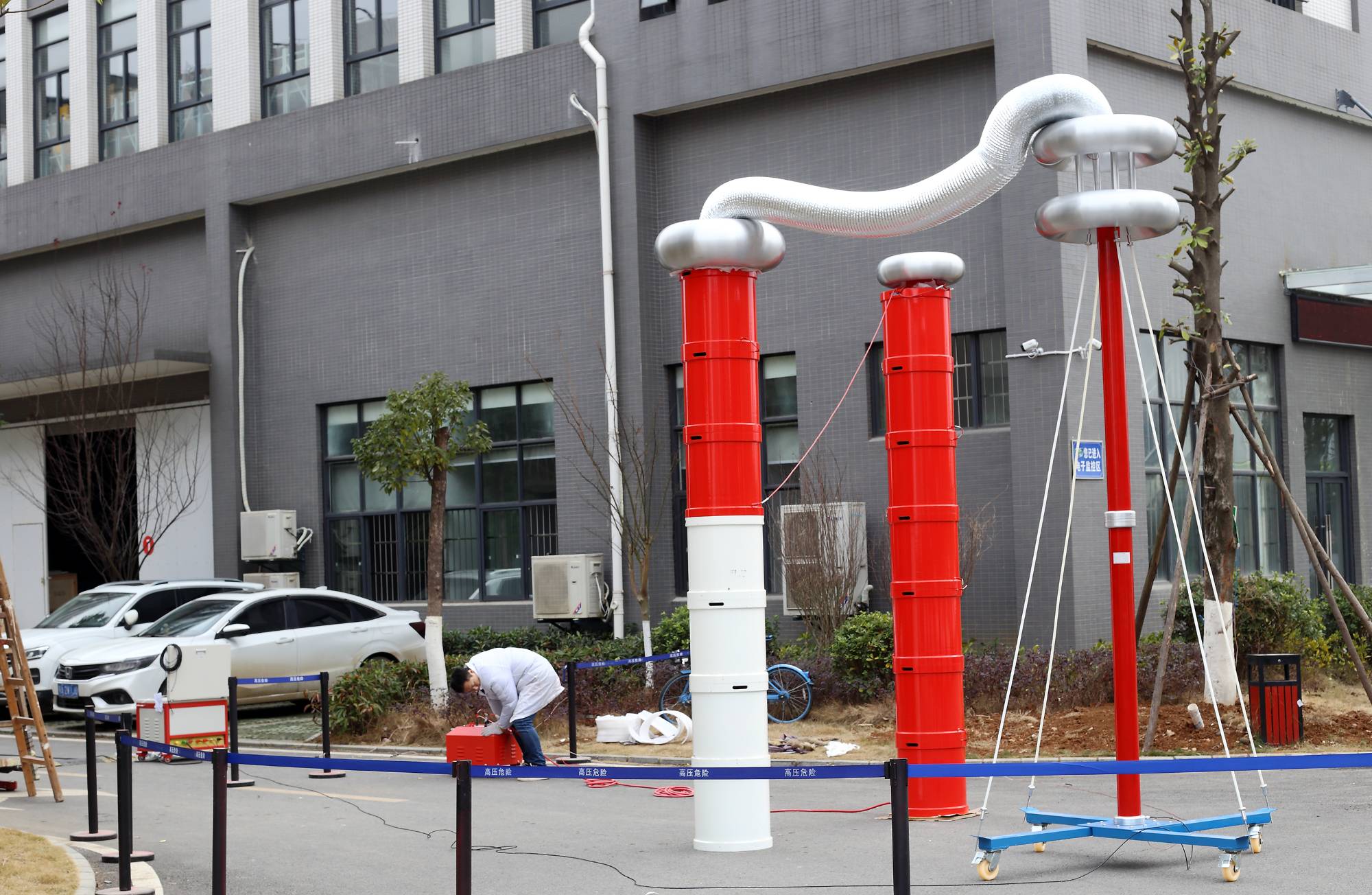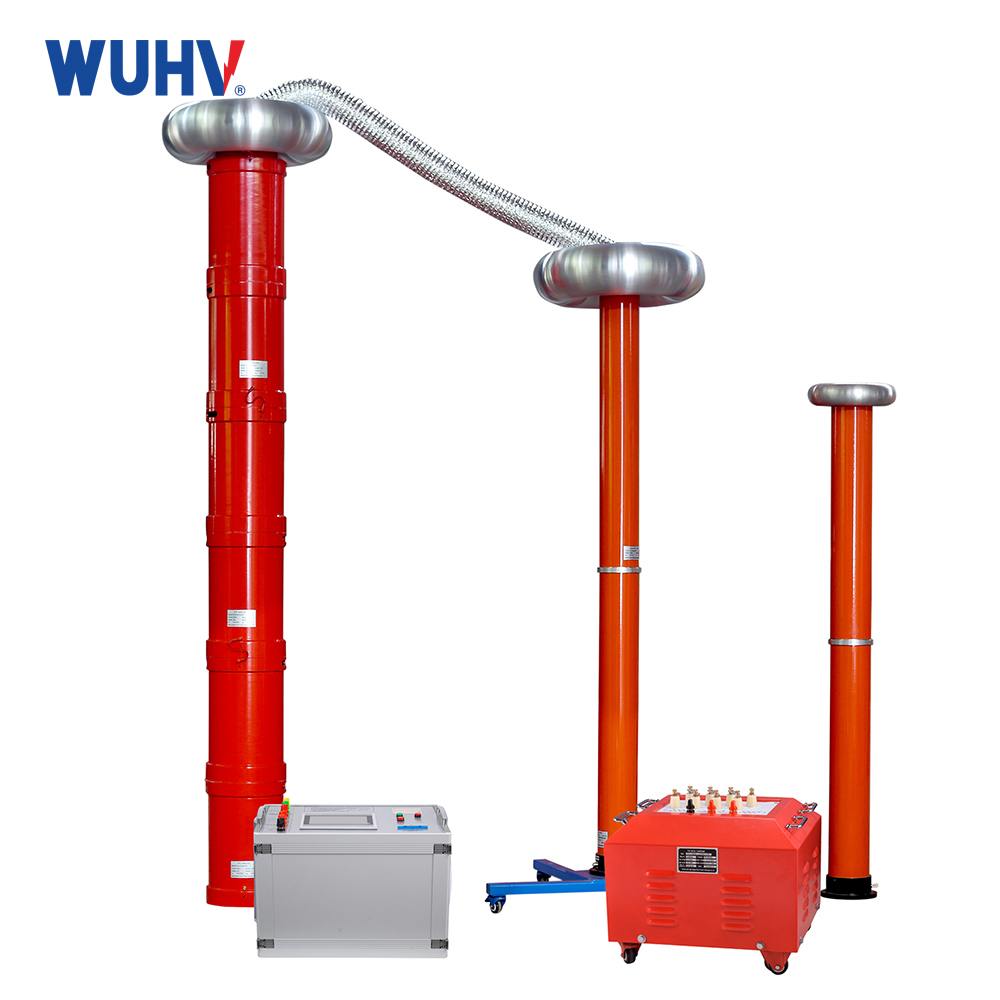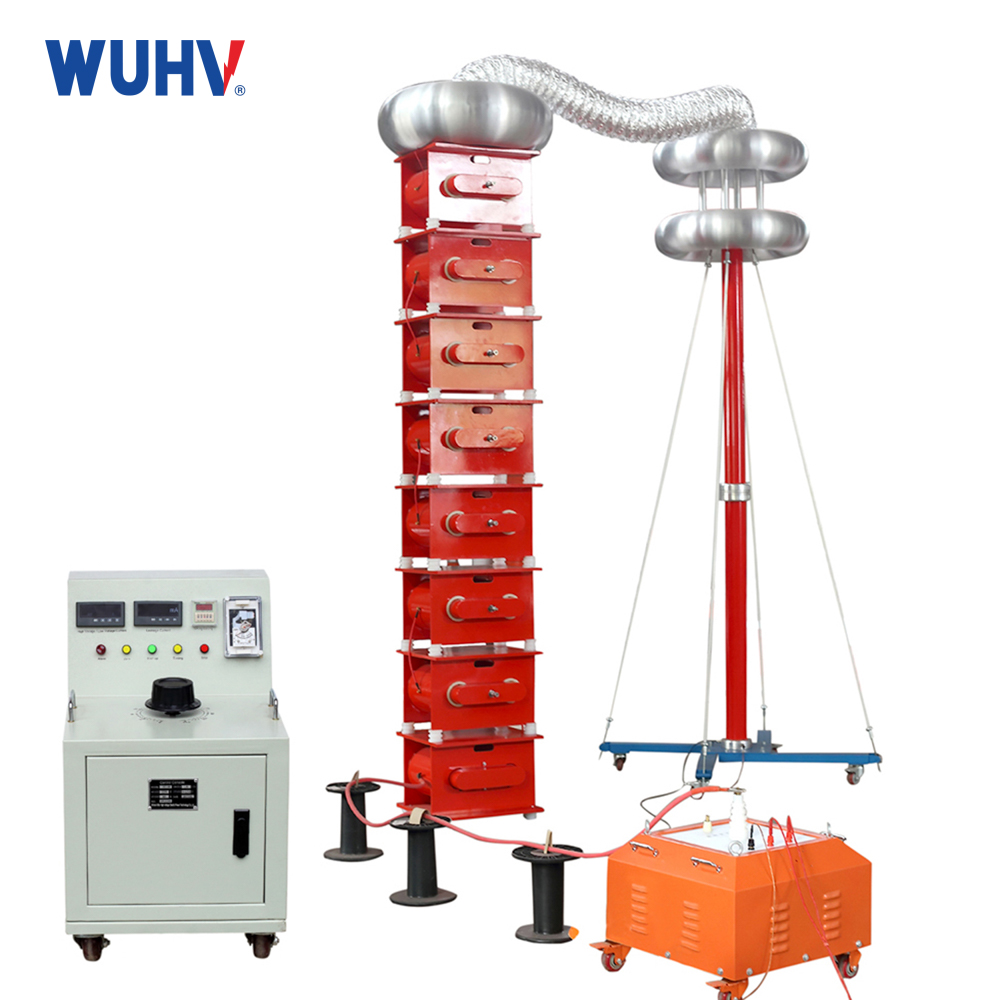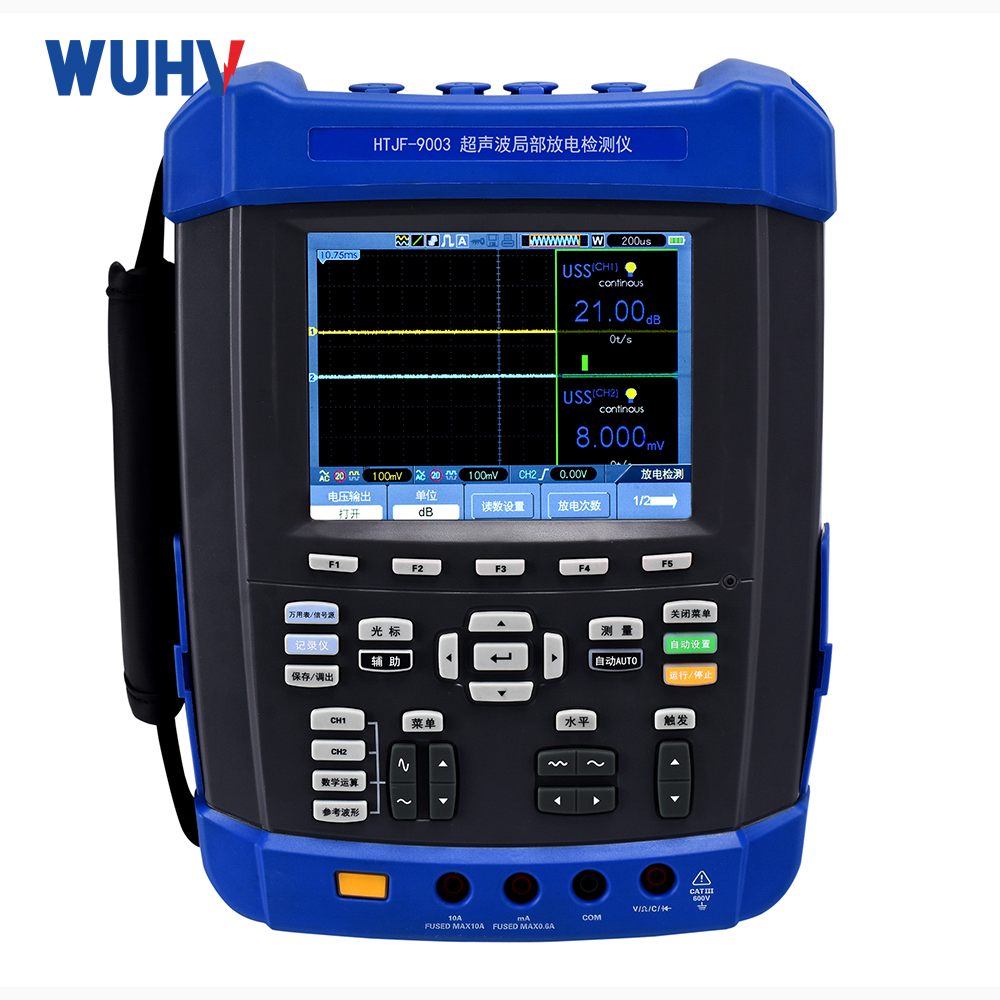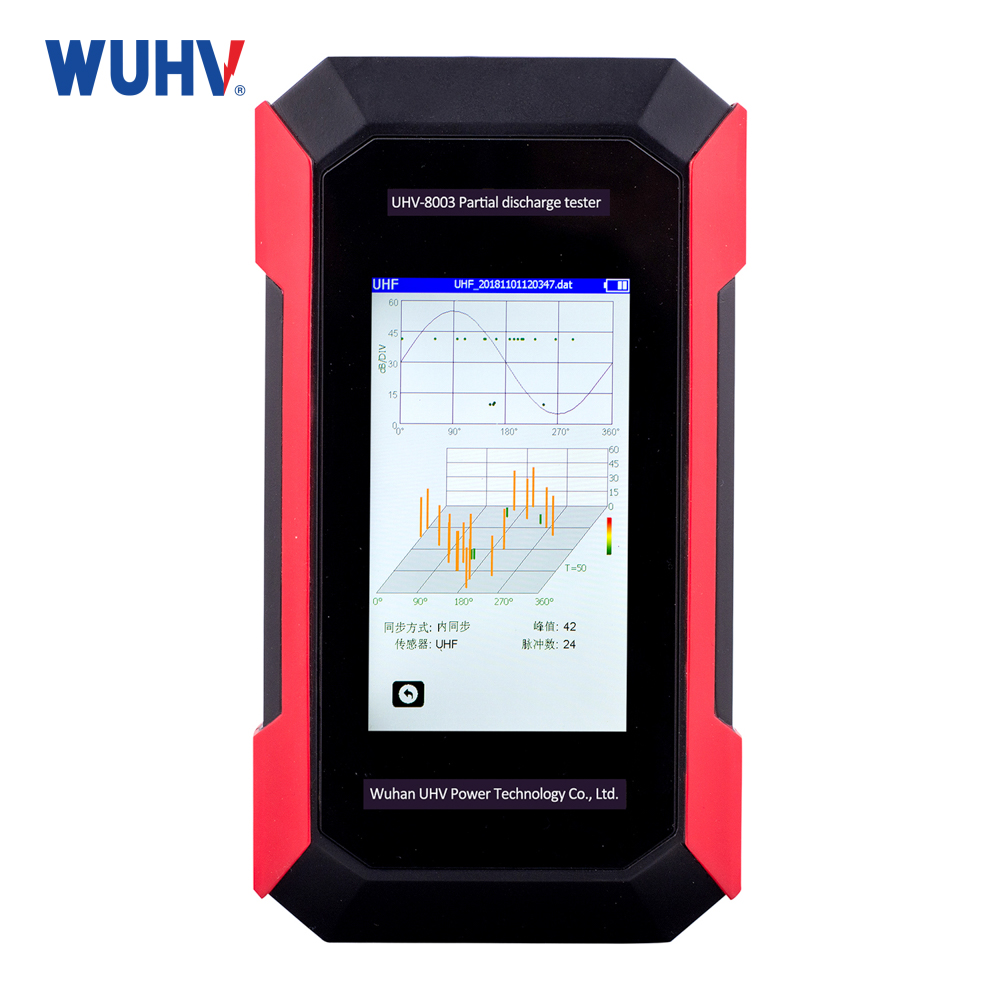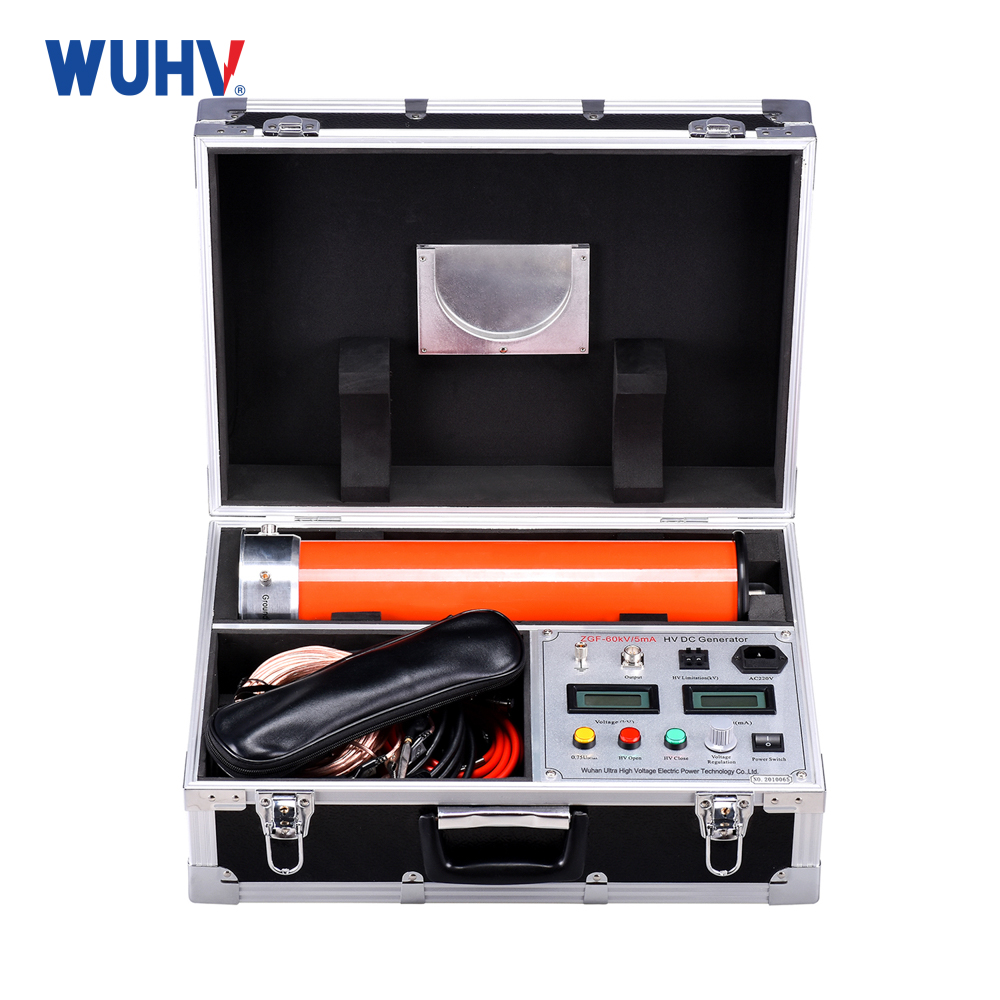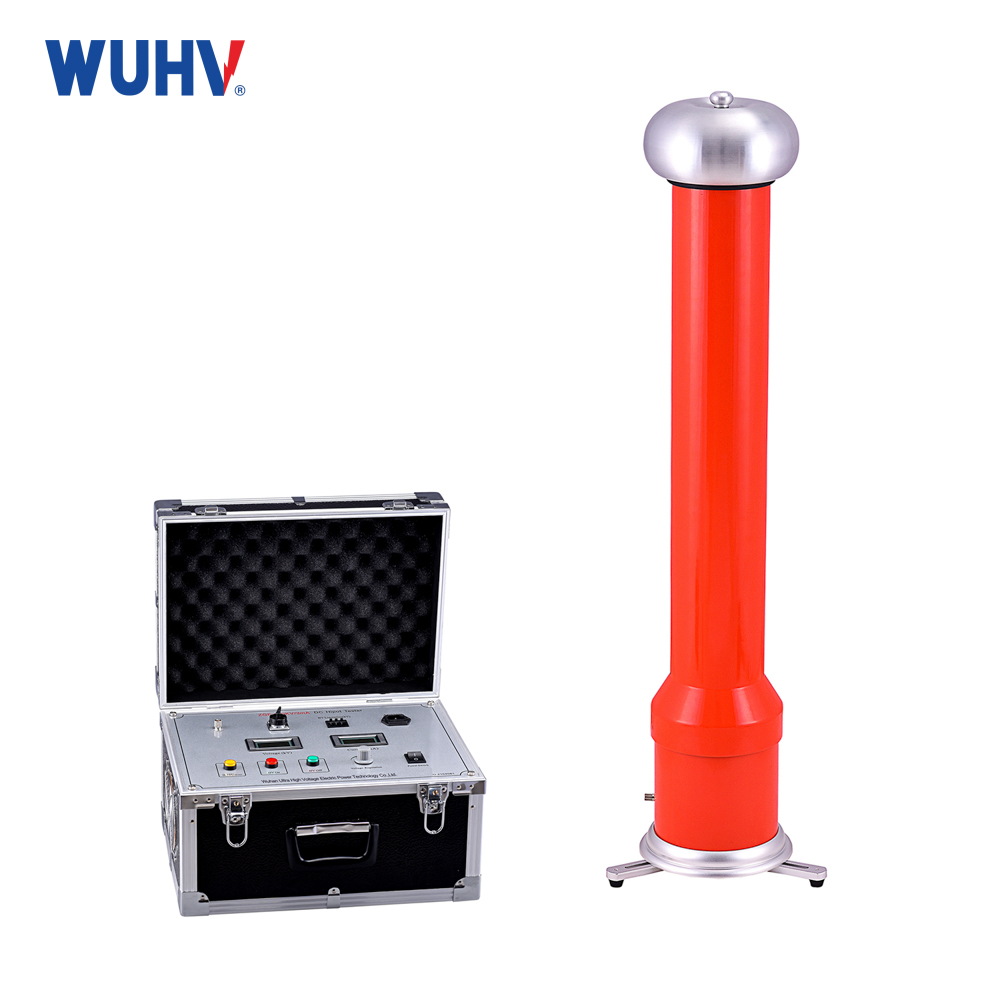In the technical field of devices and methods for converting power from power input to DC output voltage or current, a device and method for converting power from power input to DC output voltage or current, the device comprising a series resonant (also known as power frequency withstand voltage test equipment) converter, the series resonant converter comprising at least two semiconductor switches connected in series, the semiconductor switches having a common output terminal connected to at least one. The first coil may be part of a transformer, and the second winding of the transformer is connected to a rectifier device. The output of the rectifier device is connected to an output terminal, and the first feedback circuit is connected from the output terminal to an error amplifier. The error amplifier is connected to the input on the control circuit, and the output is connected to the input of the semiconductor switch through a driver device. The device further comprises a second feedback circuit, wherein the second feedback circuit guides signals from at least one capacitor, which is connected in series to the first coil to the input terminal.
A converter has been proposed, which includes a method for regulating the converter and a switch mode power supply. The DC-DC converter comprises an inverter and a primary side circuit with a transformer, wherein the secondary side voltage of the transformer is rectified by at least one rectifier to generate an output DC voltage. To avoid asymmetric loads, especially those caused by different loads of rectifier components (power semiconductors), measure the electrical strength of DC-DC converters. For example, the magnitude can be the primary side current, the primary side voltage on the capacitor, or the secondary side rectified voltage. From the measurement of amplitude, parameters for symmetry deviation were calculated, and different symmetry measurement methods were proposed for this purpose. The symmetrical adjustment device utilizes the drive of the inverter, such as the duty cycle of the pulse width modulation voltage generated by the inverter, to minimize the parameters of symmetrical deviation. This achieves uniform distribution of power across the secondary rectifier components.
Described the adjustment of the switching frequency to clearly maintain it above the resonant frequency of the resonant device. The circuit operates in frequency mode, which results in a non-linear relationship between output voltage and output power. The focus of the above patent application is to avoid asymmetric loads on rectifier components, while the actual invention optimizes output stability by linearizing feedback.
UNseries resonant circuit (60) comprising a variable frequency ramp generator (28) with a reset input (R) for reducing the output ramp signal generated at the output to zero in response to each reset signal; The comparator (30) has an input coupled to the output of the ramp signal generator, a second input for controlling the output DC voltage of the series parallel resonant circuit, and an output for changing the level whenever the ramp signal reaches the amplitude of the second input; A bistable circuit (32) with first and second outputs (Q, Q) for outputting first and second signals, respectively, which vary in response to changes in the output signal of the comparator coupled to the input. The pulse generator (26) is coupled to a series parallel resonant circuit to generate an output pulse sequence. Whenever the current flowing through the series resonant circuit changes from one of the first and second directions to the other, an output pulse is generated. The output pulse is applied to the reset input of the variable frequency ramp generator to adjust the frequency of the output ramp signal.
This can be achieved through modified devices or methods, such that the second feedback circuit is connected to the input terminal of the control circuit, which is connected to at least one capacitor that controls the switching frequency. The second feedback circuit includes a signal that depends on the actual change in charge on the series resonant capacitor during each half cycle of the switch, thereby linearizing the effect of the first feedback circuit.
In this way, it is possible to start the power converter as usual in frequency mode and also perform light load operation in this mode. However, if the load increases, the operating direction will automatically change in charging mode, where the voltage change on the series resonant capacitor (depending on the actual current demand of the output) is used as a feedback signal to control the circuit. Full time operation in charging mode may be critical as the power supply may experience issues when starting in charging mode, as there will be no feedback signal during startup and stability issues may arise under light loads. This problem can be completely solved by making the startup and light load occur in frequency mode, and only using charging mode operation when the output current increases.
Normal frequency control produces strong nonlinear transitions, which is known from existing technology. The charging mode has better linearity, but it still has quite non-linear conversion under low load. The frequency control and charging mode described in this patent application are highly linear under any load.


